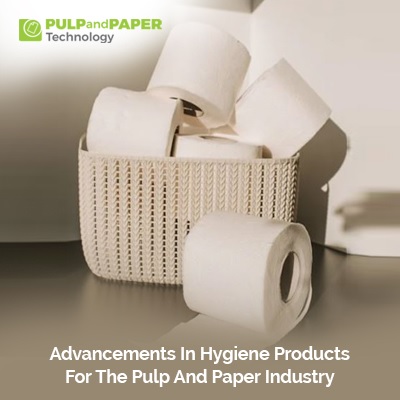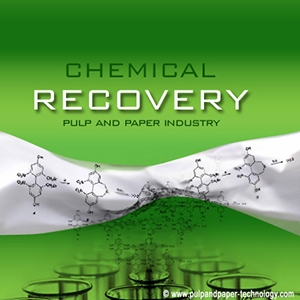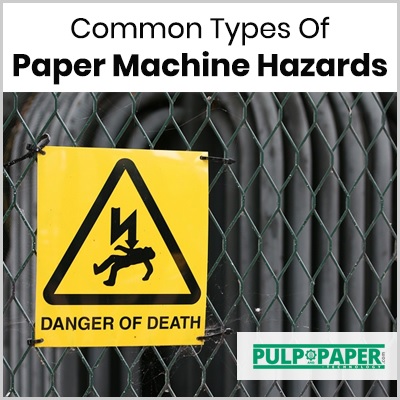Articles
Advancements in Hygiene Products for the Pulp and Paper Industry

In recent years, the pulp and paper industry has witnessed significant advancements in hygiene products, revolutionizing the way companies approach cleanliness and sanitation in their operations. These innovations have not only improved hygiene standards but also enhanced overall efficiency and sustainability. This article explores the latest advancements in hygiene products for the pulp and paper industry, including their benefits, challenges, and future trends.
I. Importance of Hygiene in the Pulp and Paper Industry
Hygiene plays a crucial role in the pulp and paper industry, where maintaining a clean and sanitized environment is essential for product quality, employee safety, and regulatory compliance. The industry deals with various raw materials and processes that can harbor bacteria, fungi, and other contaminants. Therefore, implementing effective hygiene practices and using advanced hygiene products is paramount.
II. Traditional Hygiene Practices and Challenges
Historically, the pulp and paper industry relied on traditional hygiene practices such as manual cleaning, chemical disinfection, and basic sanitation protocols. While these methods were effective to some extent, they had limitations in terms of thoroughness, efficiency, and sustainability. Manual cleaning, for instance, was labor-intensive and prone to human error, leading to inconsistent results and potential safety risks.
| Also Read: Hygiene Essentials: Innovations in Paper-Based Hygiene Products |
Chemical disinfection, although effective against pathogens, raised concerns about environmental impact and worker exposure to hazardous substances. Moreover, maintaining hygiene in large-scale pulp and paper facilities with complex machinery and production lines posed significant challenges, requiring continuous monitoring and improvement of hygiene protocols.
III. Advancements in Hygiene Products
The advancements in hygiene products for the pulp and paper industry have addressed many of the challenges associated with traditional practices. One of the key innovations is the development of automated cleaning systems equipped with advanced sensors, robotics, and artificial intelligence. These systems can detect and eliminate contaminants with precision, reducing the reliance on manual labor and improving hygiene standards.
Furthermore, the introduction of eco-friendly cleaning agents and disinfectants has contributed to sustainable hygiene practices in the industry. Manufacturers have formulated biodegradable and non-toxic products that effectively kill pathogens while minimizing environmental impact. This shift towards green hygiene solutions aligns with the industry's commitment to sustainability and responsible manufacturing.
Another notable advancement is the use of antimicrobial coatings on equipment and surfaces within pulp and paper facilities. These coatings contain antimicrobial agents that inhibit the growth of bacteria and fungi, creating a hygienic environment and reducing the risk of contamination during production processes.
IV. Benefits of Advanced Hygiene Products
The adoption of advanced hygiene products in the pulp and paper industry offers several benefits:
Improved Product Quality: Enhanced hygiene standards lead to cleaner production environments, reducing the risk of product contamination and ensuring high-quality output.
Enhanced Safety: Automated cleaning systems and eco-friendly disinfectants contribute to a safer workplace by minimizing exposure to harmful chemicals and pathogens.
Regulatory Compliance: Meeting stringent hygiene regulations and standards becomes easier with advanced hygiene products and technologies in place.
Efficiency: Automated cleaning systems and antimicrobial coatings improve operational efficiency by reducing downtime for manual cleaning and maintenance.
Sustainability: Eco-friendly hygiene products support the industry's sustainability goals by reducing waste, energy consumption, and environmental impact.
V. Challenges and Considerations
Despite the benefits, adopting advanced hygiene products in the pulp and paper industry comes with challenges and considerations:
Cost: Initial investment in automated cleaning systems and specialized hygiene products may be significant, requiring careful cost-benefit analysis.
Training and Education: Proper training and education are essential for employees to utilize advanced hygiene products effectively and safely.
Integration: Integrating new hygiene technologies with existing infrastructure and processes requires careful planning and coordination.
Maintenance: Regular maintenance and calibration of automated cleaning systems are necessary to ensure optimal performance and longevity.
Regulatory Compliance: Adhering to evolving hygiene regulations and standards requires ongoing monitoring and adaptation of hygiene practices.
VI. Future Trends in Hygiene Products
Looking ahead, several trends are shaping the future of hygiene products in the pulp and paper industry:
Smart Hygiene Solutions: Integration of IoT (Internet of Things) technology and data analytics for real-time monitoring and optimization of hygiene processes.
Nanotechnology: Development of nanomaterials with antimicrobial properties for enhanced surface coatings and disinfection.
Robotics and Automation: Continued advancements in robotics and automation for more efficient and precise cleaning operations.
Biodegradable Formulations: Expansion of eco-friendly hygiene products with improved biodegradability and sustainability profiles.
Customized Solutions: Tailored hygiene solutions based on specific industry needs and production requirements.
Conclusion
The advancements in hygiene products for the pulp and paper industry represent a significant step towards improving cleanliness, safety, and sustainability. By embracing automated cleaning systems, eco-friendly disinfectants, and innovative surface coatings, companies can enhance hygiene standards while optimizing operational efficiency. As technology continues to evolve, the future of hygiene products in the industry holds exciting possibilities for increased effectiveness, cost-efficiency, and environmental responsibility.








